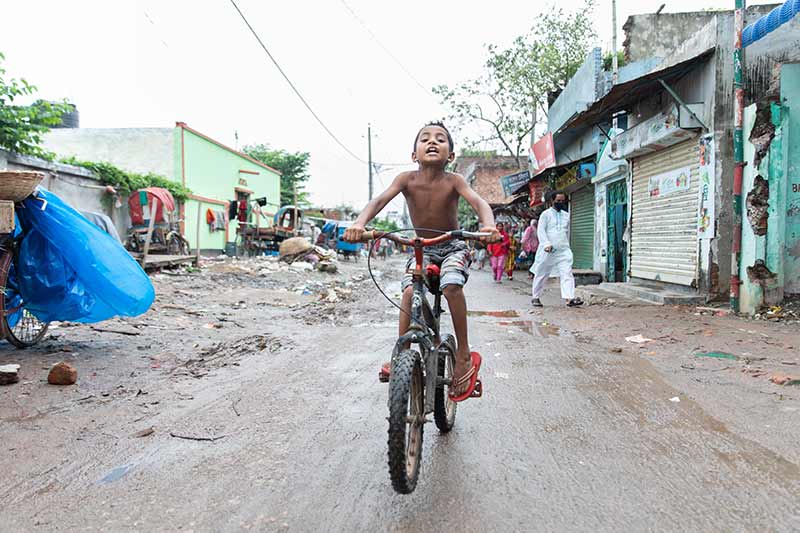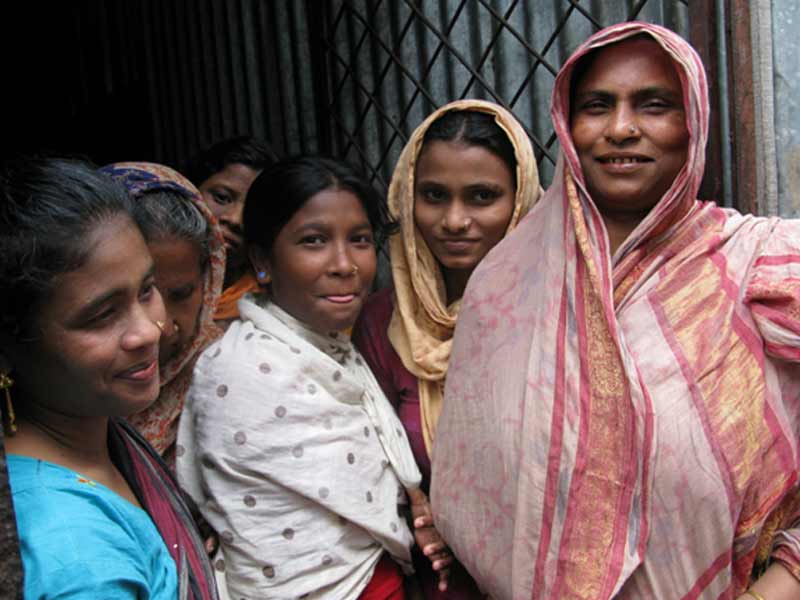
Maternal malnutrition is one of humanity’s most pressing problems. It puts mothers at risk of complications, even death, during pregnancy, and compromises the physical and cognitive development of their babies; it subverts economies and damages societies.
Despite some progress being made globally over the past few decades to address the issue, maternal malnutrition is far from eradicated. Alarmingly, nearly 800 million women worldwide still suffer from some form of malnutrition. Moreover, 22% of children are stunted, while 9% are obese, both direct signs of maternal malnutrition.
Around the world, the fight is ongoing, and the consequences are dire.
But perhaps nowhere is the complexity of the fight against maternal malnutrition better illustrated than in the country of Bangladesh.
Maternal nutrition successes in Bangladesh
For decades, the government of Bangladesh has employed numerous strategies to address nutrition as a whole, and specifically maternal nutrition. In many ways, the success these strategies have achieved is notable. In the last decade alone, the number of undernourished women in Bangladesh has declined from 34% to 19%, while child stunting and wasting have seem similar declines.
While certainly this progress is commendable, these stats do not necessarily tell the whole story of how far there is to go.
The difficulty of maternal malnutrition in Bangladesh
Despite the impressive strides made, the fight for maternal nutrition in Bangladesh is far from finished. Nearly 1 in 5 women are still undernourished in the country, while a jaw-dropping 36.7% of women aged 15-49 have anemia. Further, more than one-third of children under five are malnourished, and more than a quarter are stunted.
On top of that, there is an additional layer of complexity which has been added in recent years to the issue of maternal nutrition – obesity.
While over the last decade, Bangladesh has seen its number of undernourished women decline from 34% to 19%, during that same time period, the number of obese women has increased from 9%-24%. In other words, while undernutrition has declined, a corresponding rise in obesity has meant that overall malnutrition has actually remained the same.
What all of this taken together means more broadly was summed up by the 2022 Global Nutrition Report: “Bangladesh is ‘off course’ to meet all targets for maternal, infant and young child nutrition.”
It is not that existing efforts and programs should be disregarded. It simply means that for Bangladesh, as with the world as a whole, there is work left to do.
Where to go: the billion-dollar question
It is estimated that undernutrition is costing Bangladesh $1 billion per year in lost productivity alone. Add in the health costs associated with malnutrition, and the number is certainly much higher. Globally, malnutrition is estimated to be costing countries $3.5 trillion per year.
Thus, it is imperative from both a humanitarian and an economic perspective that efforts to address maternal malnutrition are redoubled, particularly with the COVID pandemic eroding the progress of so many initiatives worldwide.
Stay tuned to this space for more on what can be done moving forward.



